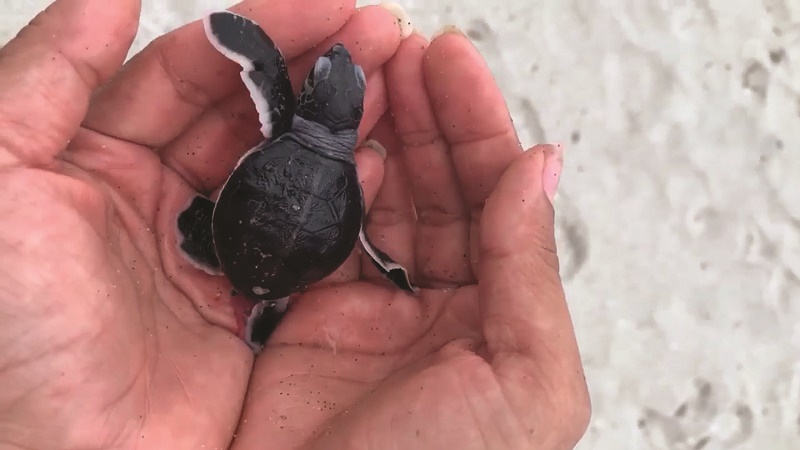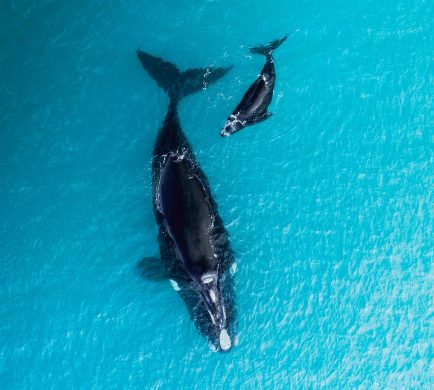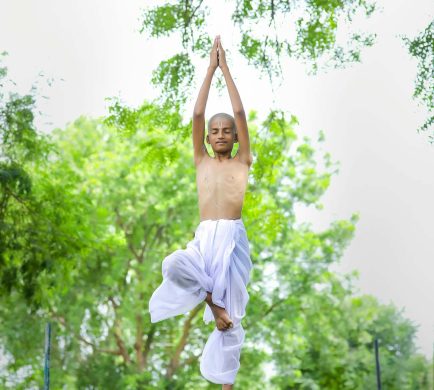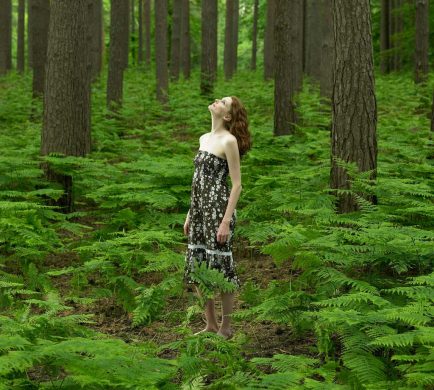While protecting people’s lives and property are the main concern during Hurricanes, there are those brave volunteers who look out for our Sea Turtles
By Thomas Madden
Everyone and particularly the media are focused on the stark danger hurricanes pose to people and property, particularly in vulnerable, sea-level places like Florida.
But how many are focused on probably the most endangered and vulnerable of all—sea turtles?
According to Palm Beach County, more than half the sea turtle nests, along with 1M cubic yards of sand, were lost on Palm Beach Co. beaches from Dorian.
WPTV reported the eye of Hurricane Dorian may have missed the Florida mainland, but the storm still did a number on beaches and wildlife.
The county said one silver lining is that there was a record number of sea turtle nests this year, about 50,000, and 2/3 of them have previously hatched.
“Turtles actually come up six to eight times every season and lay nests, so that helps them mitigate the impacts from natural disasters,” said Benji Studt, public outreach supervisor for Palm Beach County Environmental Resources Management.
Of course, focusing on people and property is right and proper, yet sometimes this focus can reach to the point of ad nauseum, almost bordering on yelling fire in a crowded theater.
That’s because authorities charged with protecting us believe if people aren’t frightened, they won’t move quickly as they should and someone is going to have to risk their life saving them from their false sense of security. That’s because many are living behind the tissue-thin walls of their homes while a veritable monster is on the way to crush them.
Therefore, dire warnings predominate the news before those horrible hurricane force winds start whipping and lashing our shores, dislodging people from their homes who like frightened following mandatory evacuation orders issued from on high by officials who know what they’re talking about . . . who in plainer terms are telling the public to run for their lives to higher ground, or to shelters or to a safe distance away from thundering winds and an angry, stirred up ocean.
Fortunately, there are those who are also thinking of animal life so small and vulnerable, especially those tiny sea turtles waiting beneath besieged beaches to hatch and return to their mother’s arms at sea. So hail to those brave and caring volunteers at sanctuaries like Gumbo Limbo Nature Center in Boca Raton, Fl.
Yes, for South Florida, Cat 5 Hurricane Dorian was quite a Labor Day disruptor Throughout “dangerously threatened” Palm Beach County so visibly vulnerable on the many ominous illustrations accompanying the incessant TV weather reports, Labor Day sales sank to a new low in a just few inches of rising surf.
Flights got cancelled. Airports closed. Hotels, restaurants, stores went dark. Even Publix folded along with my oceanfront condo, The Chalfonte, and my club down beach from where I live, The Boca Resort and Club, became a veritable ghost resort.
Everything closed, got locked up, shut down along with the bridges and all else in the path of, or should I say along the ever-widening side road, that ominous cone of uncertainty caused by the slow poke Dorian.
Except for those poor souls killed offshore on Abaco Island, Dorian’s bark as she brushed the South Florida coast turned out thankfully to be a lot worse than her bite.
And thankfully most of the thousands of silently nesting sea turtles along the imperiled coast of Florida were spared.
During calamitous storms, few talk about endangered sea turtles much as rightfully somber, intense TV news crews focus more on the powerful hurricane’s threat to people and property if they don’t heed warnings to evacuate swiftly. Then the official warnings from the governor on down provoke legions of frightened Floridians to dutifully evacuate en masse amid the gloomy and scary predictions of how destructive the hurricane could be.
Unfortunately, our precious sea turtles have no access to local news, nor are they on any First Responders emergency evacuation list.
Yet few are as endangered as our brave tiny sea turtles where they’re encamped, dug in deep and nesting within that dreadful cone of uncertainty.
There they are, bravely nestling quietly beneath the sand all along our often battered, yet ever recovering coast.
There they lay asleep and awaiting the time they would come alive and race for the ocean, from whence their mother came to bury them months before so they’d hatch and hightail it back to their mother sea.
But as Hurricane Dorian pushed northward and the sea off South Florida became calm again, what happened to the sticks and red ribbons that marked our sea turtles underground nurseries? Where are the warning signs to leave them be or face prosecution and fines? Where are they now? Gone with the wind and the surging tide!
Thanks to Dorian, the higher than normal tide had washed many of those markers out to sea, so no longer were the baby turtles’ neonatal plots clearly visibly, plainly marked and protected.
What will happen to our poor sleeping sea turtles? Are they all right? Safe? Why weren’t they in the local news? Why was there no clamor for their rescue? No reporting on them? Why aren’t we talking about what that darn Dorian did to our beautiful sea turtles?
Yet help arrived quicker than I expected as volunteers hastened to restore those nursery markers. Bless them. They worked hard to protect our sea turtles.
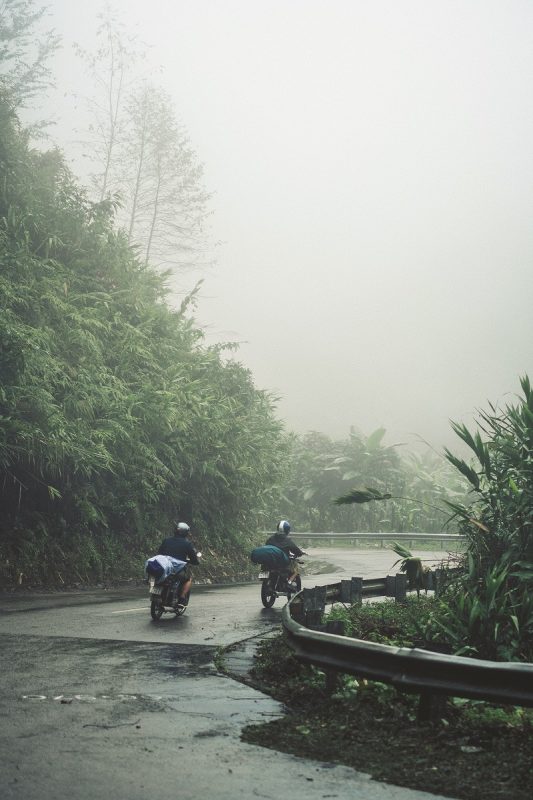
Want to help? Here’s how you can protect our sea turtles and other rare plants and animals.
Sea Turtle Conservation, Rehabilitation, & Research Florida boasts some of the most important nesting beaches for loggerhead sea turtles in the world. Our beaches also offer important nesting habitat for green and leatherback sea turtles, as well as the occasional Kemp’s ridley and hawksbill turtle. Florida’s waters provide important development habitat for many species of sea turtles in a variety of life stages.
All species of sea turtles in the world are either threatened or endangered. Sea turtles face many threats today that were not threats hundreds of years ago. Examples of these include:
• Collisions with boats
• Sky glow from artificial lighting
• Interactions with commercial and recreational fishing
gear
• Loss of nesting habitat
• Pollution
If you want to help to save sea turtles, send a donation to https://www.gumbolimbo.org/general-donations
As a beacon for environmental education, research and conservation, Gumbo Limbo’s 20 acres on the protected barrier island provide refuge to plants and animals, some rare or endangered. It represents a commitment to protect natural resources by staff, volunteers and organizations at the center.

